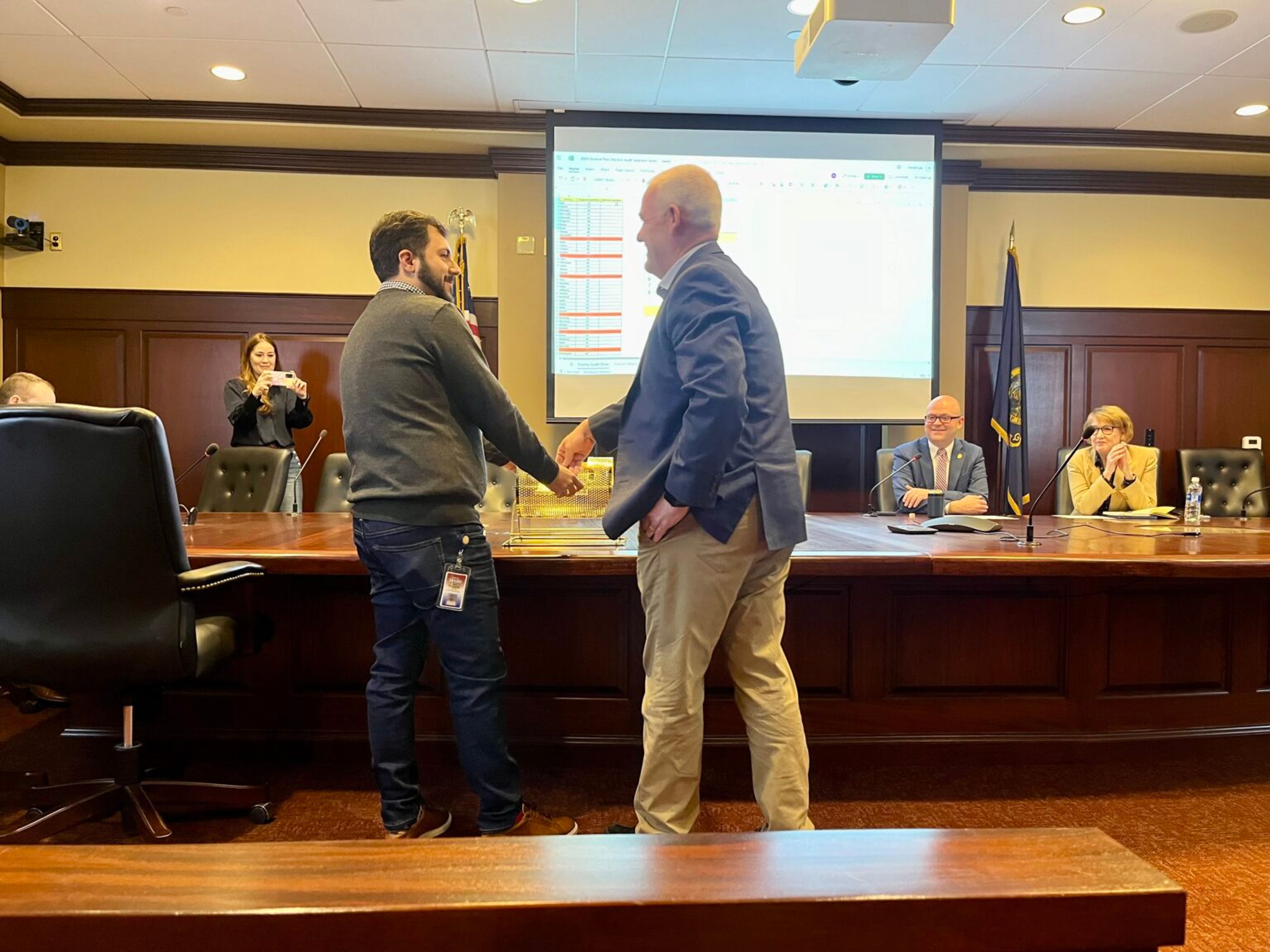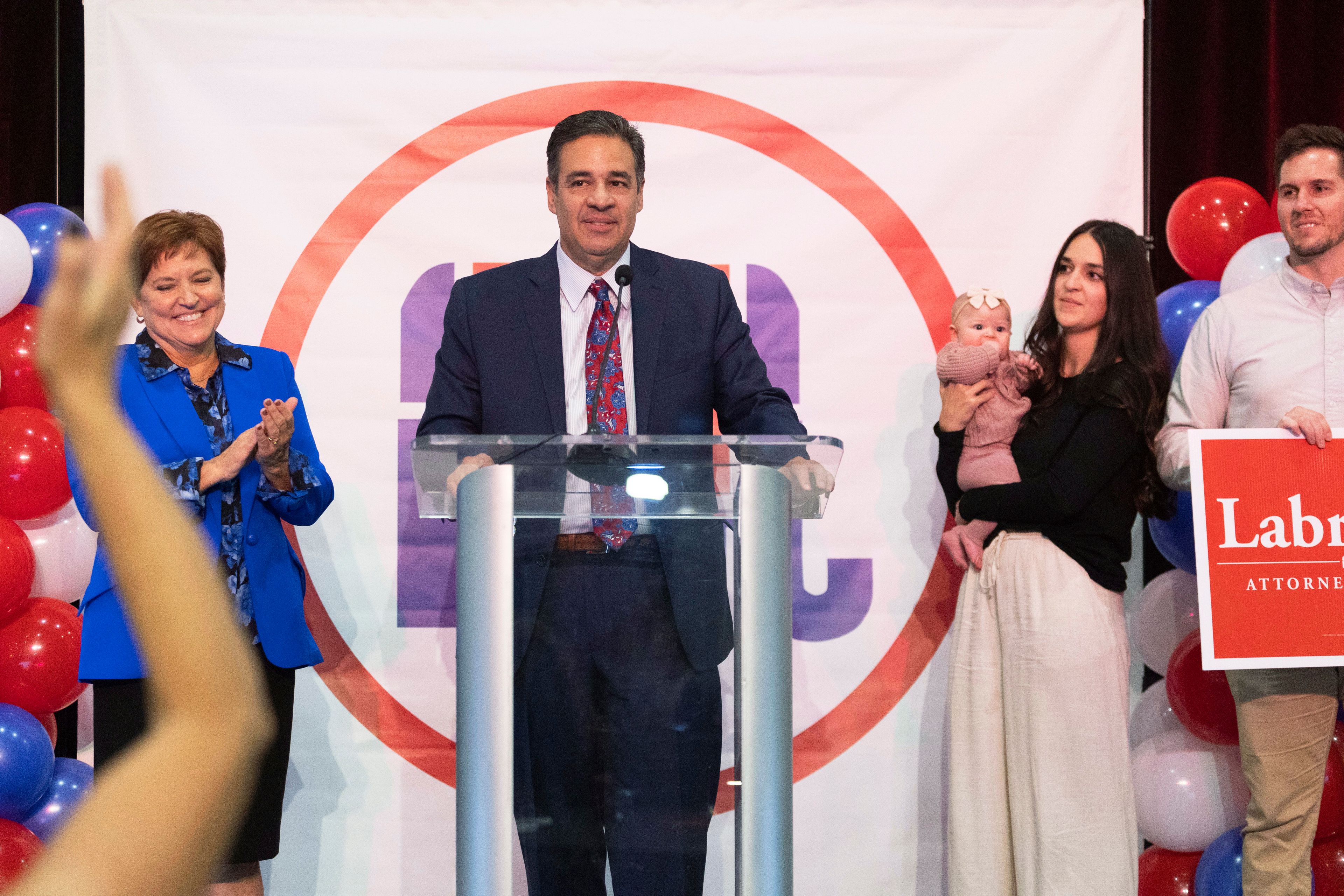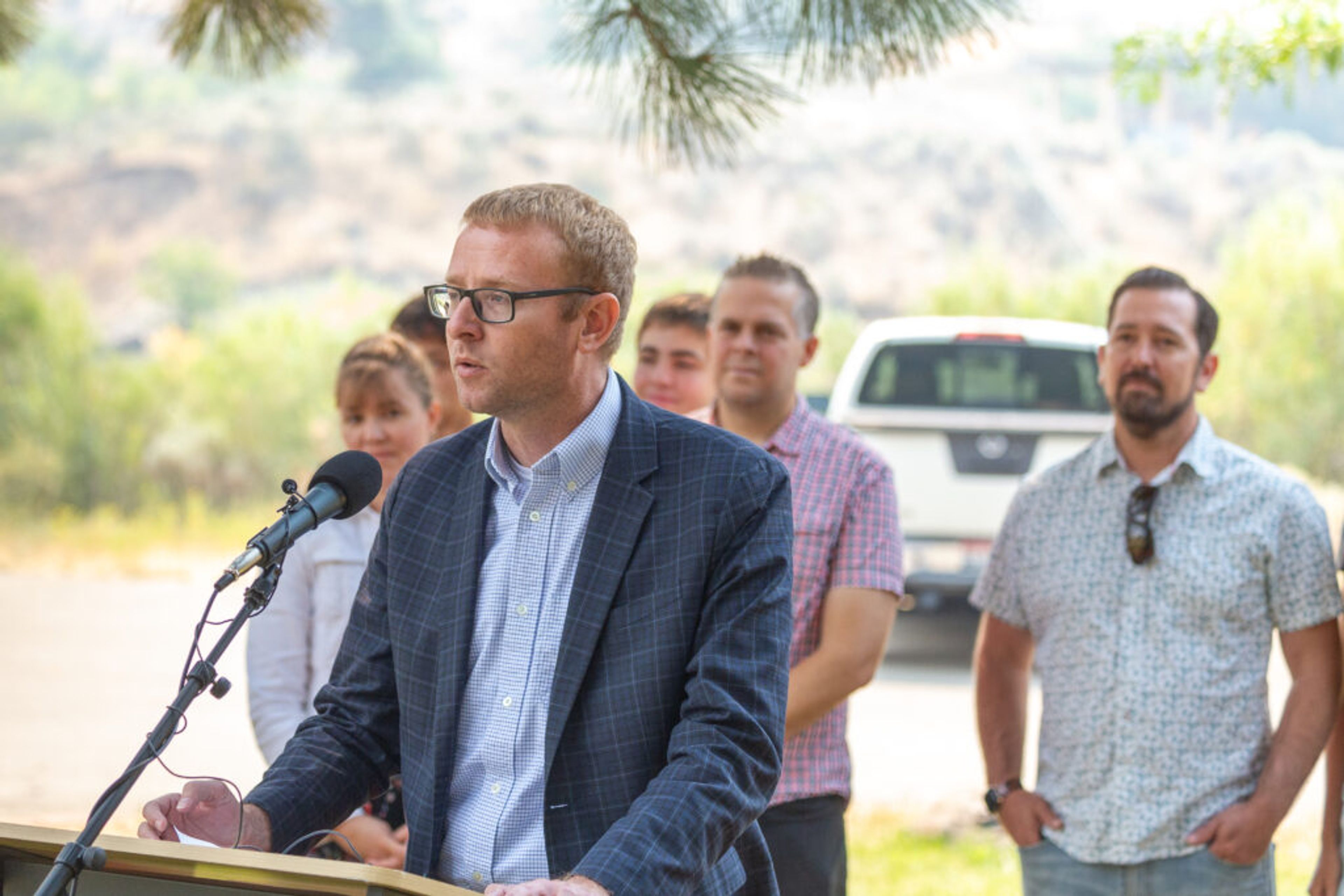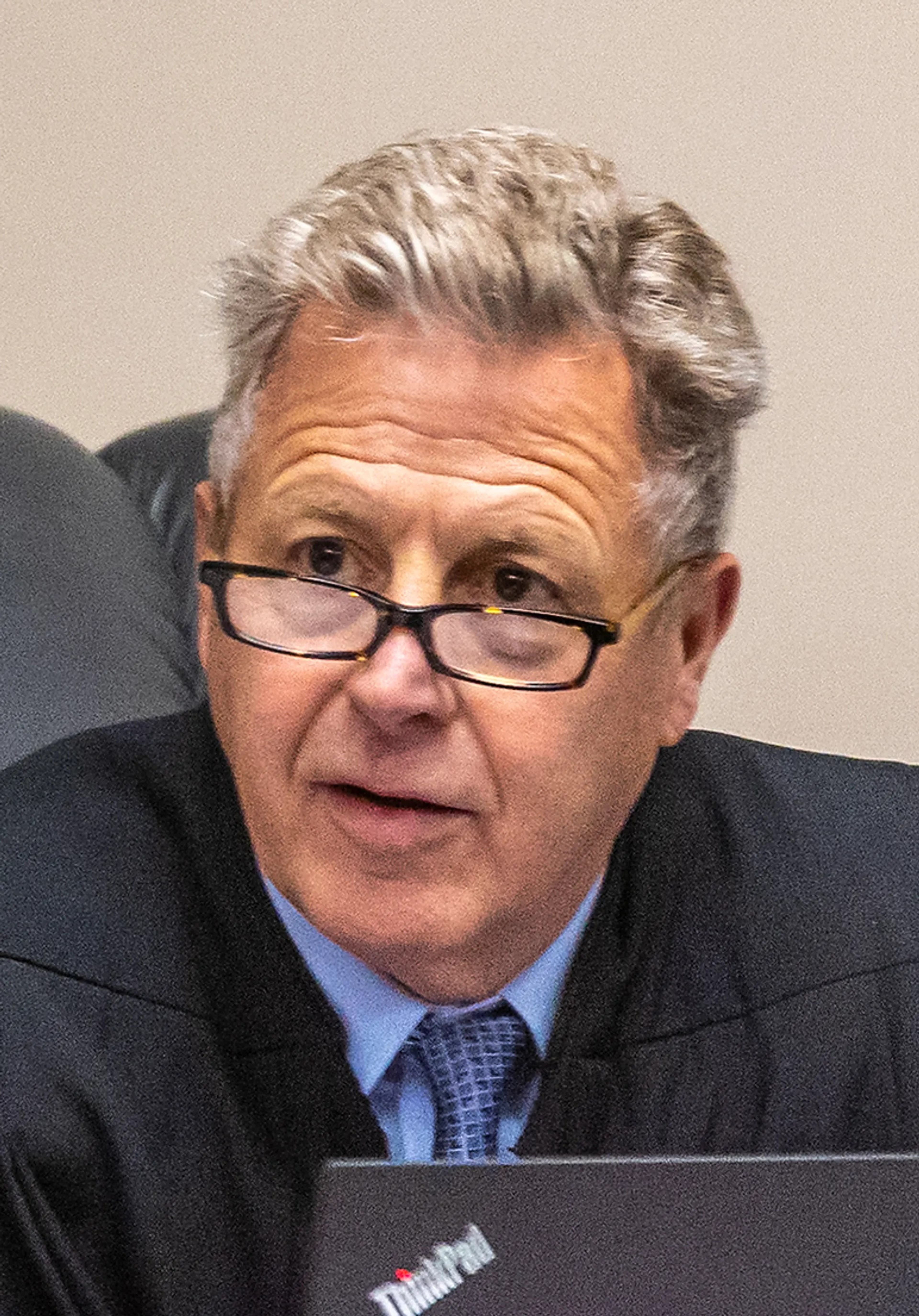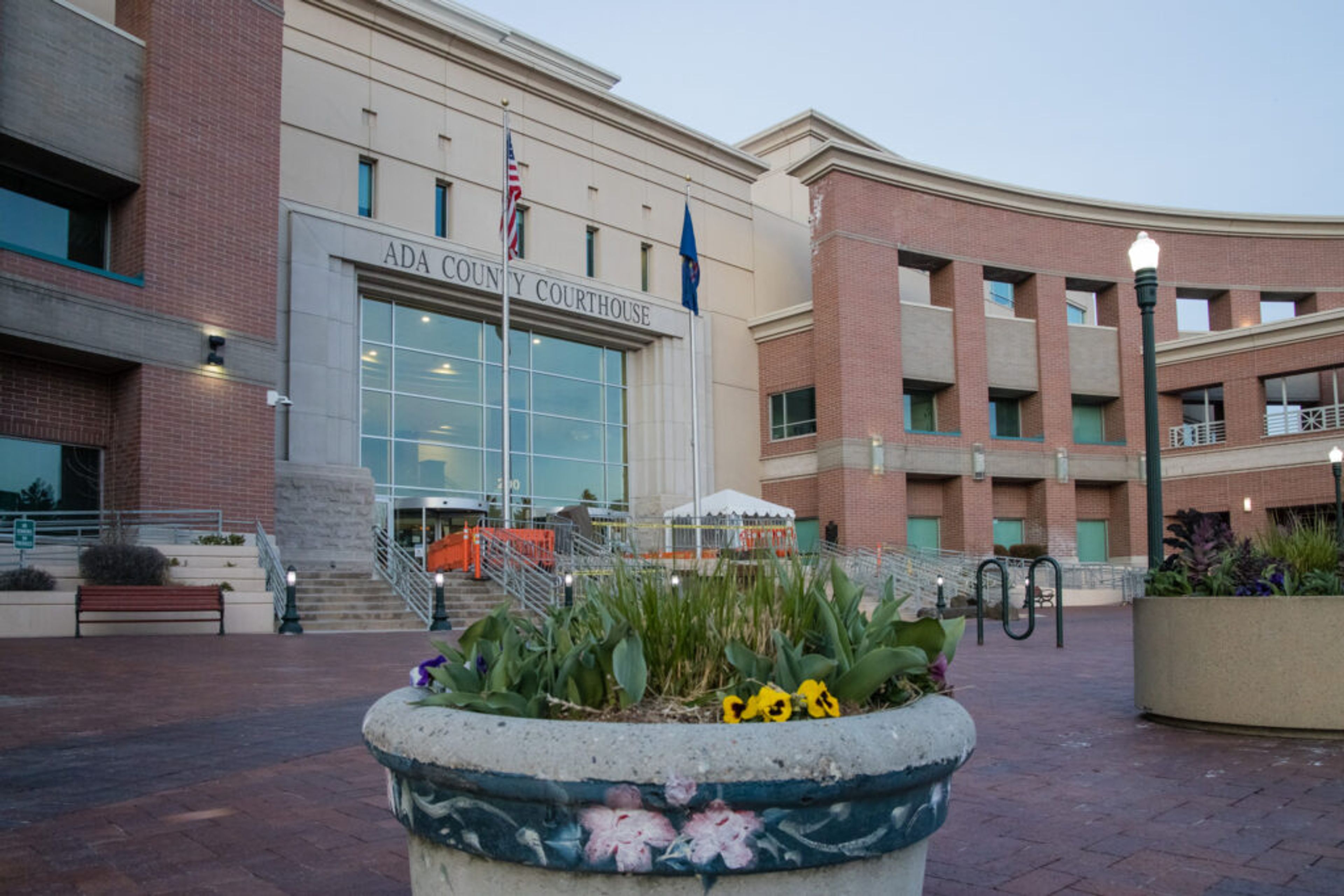Boise filmmaker revisits 'witch hunt'
Film about 50-year-old scandal looks at how small towns dealt with sex crimes in 1950s
BOISE -- Idaho's capital made headlines around the country in 1955 when members of an alleged homosexual underworld were arrested for preying on young boys.
Fifty years later, a Boise-based documentary filmmaker is revisiting what some have called a witch hunt that included 1,472 interviews by a private eye hired to investigate the allegations, 16 arrests, and eventually a book, "The Boys of Boise."
Seth Randal, 29, a television-news producer, hopes to have his film, called "The Fall of '55," done in time to be entered into the Los Angeles International Film Festival this November.
With Spokane in the midst of a scandal involving Mayor Jim West's liaisons with young men, there's renewed attention to how small western U.S. cities deal with alleged sexual deviance.
Some historians say the 1955 Boise scandal provides a glimpse of a town under the spell of McCarthyism, when a public already fearful of communism was susceptible to fearful panics. The 1966 book by John Gerassi, they say, brought attention to institutionalized 1950s and 1960s enmity toward gays across America -- albeit with the promise of a lurid scandal.
"It was a local manifestation of a national phenomenon," says Randal, 29, of the subject of his first documentary. "There were crackdowns in Baltimore and Sioux City. But no place in the United States took it as far as Boise, Idaho."
The story began Halloween night, 1955.
Three men were arrested for "committing sex acts with teenage boys," according to a newspaper article in the Idaho Evening Statesman.
Of the 16 men finally arrested, nine were convicted, including at least one sentenced to life in prison. Statesman editorials called for police to "Crush the Monster" and branded all homosexuals criminals.
Still, initial claims by police that there were hundreds of victims were eventually whittled down to four or five boys. Historians, as well as others involved in the long-ago cases who were interviewed by The Associated Press, believe most, if not all, were teen prostitutes.
Peter Boag, a University of Colorado professor who wrote a forward to a 2001 edition of "The Boys of Boise" published by the University of Washington Press in Seattle, says the city's reaction should have come as no surprise -- given the 1950s climate.
"In the McCarthy era, there was this fear that communism was endangering the country," said Boag. "It was widely thought that homosexuals had weak moral values that would be susceptible to communism."
Today, bitterness remains over the scandal and Gerassi's 1966 book, which angered many by labeling Boise a "two-bit town" whose provincial moral codes stifled personal freedom.
Gerassi, now a 73-year-old political science professor at Queens College in New York, says he remains convinced that powerful Boise leaders started the push to investigate homosexuals to damage political rivals.
"They said, 'We'll start a little witch hunt,' " said Gerassi, who hasn't been interviewed by Randal for the documentary. "It just got out of hand."
When Gerassi's book was rereleased in 2001, Thomas Mackey, a University of Louisville history professor, panned it as "stilted," "arrogant" and "written in breathless journalistic outrage."
Others credit Gerassi with highlighting 1950s and 1960s police and government hostility toward homosexuals that was present across America -- but seldom written about.
"His book is about a specific panic and a specific place, but it represents all of the many others that occurred," says John D'Emilio, a University of Illinois history professor in Chicago. "Boise was not alone."
Even the surviving characters argue about just what happened.
Blaine Evans, Ada County's prosecutor at the time, says his sole motivation was targeting child abusers.
"Pedophilia is the problem, not homosexuality," says Evans.
Meanwhile, John Butler, a semiretired professor of social psychiatry at the Oregon Health & Science School who was the head of Idaho's mental health department, says he's convinced that gays were the real targets.
"Some people got pretty hysterical," said Butler, now in his 80s, remembering stories in which men fled for San Francisco to avoid prosecution for relationships with other adults. "For many of the people caught up in the whole sweep, it was a crisis for them."
Larry Jones, now the state historian with the Idaho State Historical Society, recalls the scandal because a popular teacher at his high school in nearby Caldwell suddenly left town. "There was a lot of talk going on," Jones said. "You know how students talk."
Randal, who grew up in Nampa, a farming community about 10 miles west of Boise, first read Gerassi's book as a teen.
He says he was intrigued by what became of those whose lives were touched by the prosecutions. One, a boy named Frank Jones who acknowledged having sex with a defendant, was booted from the U.S. Military Academy at West Point.
Jones later killed himself in a Boise motel room in the early 1980s.
"It's part of our past," says Randal. "There are a lot of people who feel like 'The Boys of Boise' book is not the real story of what happened. Then let's find out what really happened."

